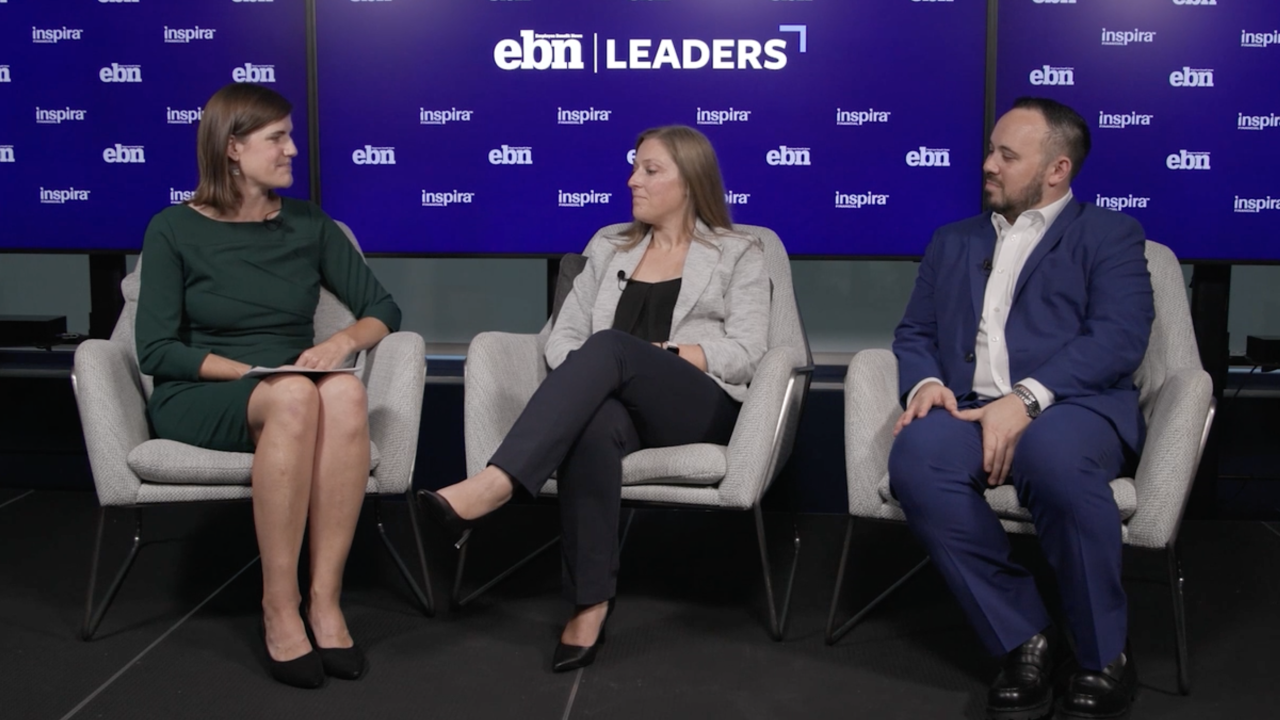Employees just aren’t using their vacation days and it’s taking a toll...on their health, their work-life balance and, ultimately, affecting the company’s bottom line. Using vacation or paid-time off allows workers to recharge both physically and mentally.
It reduces stress, helps prevent burnout and promotes work-life balance by allowing for time to be spent with family, significant others and close friends. Yet most employees don’t take vacations often enough and many don’t use all of their allotted paid time off.
Americans seem to treat vacations as a luxury rather than a necessity. In a Harris Poll survey conducted this March for Purchasing Power, 59% of full-time employees nationwide reported that they left at least one paid-time off day unused at the end of last year, while 35% said they left five days or more.
Using vacation days pays off for both employees and employers. Employees who take most or all of their vacation time each year perform at higher levels, are more productive and are more satisfied in their jobs than those who do not, according to a recent SHRM survey of HR professionals.
Because taking time off can make employees both more productive and more satisfied when they return to work, it can translate into higher retention rates that can save a company thousands of dollars.
See also:
The Harris Poll survey revealed that more than one-half (52%) of full-time employees who had unused vacation days or did not take a vacation away from home last year did not do so because of the cost. And it’s not just for workers in low salary ranges. Cost is a factor in all salary ranges – for 73% of those who earn less than $50,000 annually; for 49% of workers whose salary is in the $50,001 to $74,999 range; and for 50% of employees in the $75,000 to $99,999 salary range.
What can employers do to help the situation? Employers should encourage employees to take advantage of all of their benefits, especially paid time off. And since cost is one of the key reasons employees aren’t taking vacations, employers can help by offering an employee purchase program as a voluntary benefit that includes vacation package options.
Using an employer-sponsored employee purchase program is an affordable way for employees to take a vacation utilizing a disciplined spending program through payroll deduction that is a less-expensive alternative to some credit cards or other financing options.
Employees who don’t have cash on hand are using credit to pay for these vacations. While this may be a good option for employees who qualify for prime credit and are able to make full payments, it is not the best choice for many consumers.
A $2,000 vacation paid for with a credit card with 18% interest can take over 10 years to pay off if the buyer only chooses to make the minimum payments. Instead, by offering an employee purchase program as a payroll-deducted voluntary benefit, employers can make available a variety of vacation options (hotels, cruises, destination resorts and all-inclusive resorts) that workers can responsibly acquire and have the cost deducted from their paycheck through manageable payments over 12 months.
Taking a vacation – having complete time away – can be one of the healthiest steps employees can take in achieving work-life balance. And because happy employees are more productive, more loyal, and healthier, it has a positive impact on the company bottom line.
Elizabeth Halkos is chief revenue officer at Purchasing Power.





